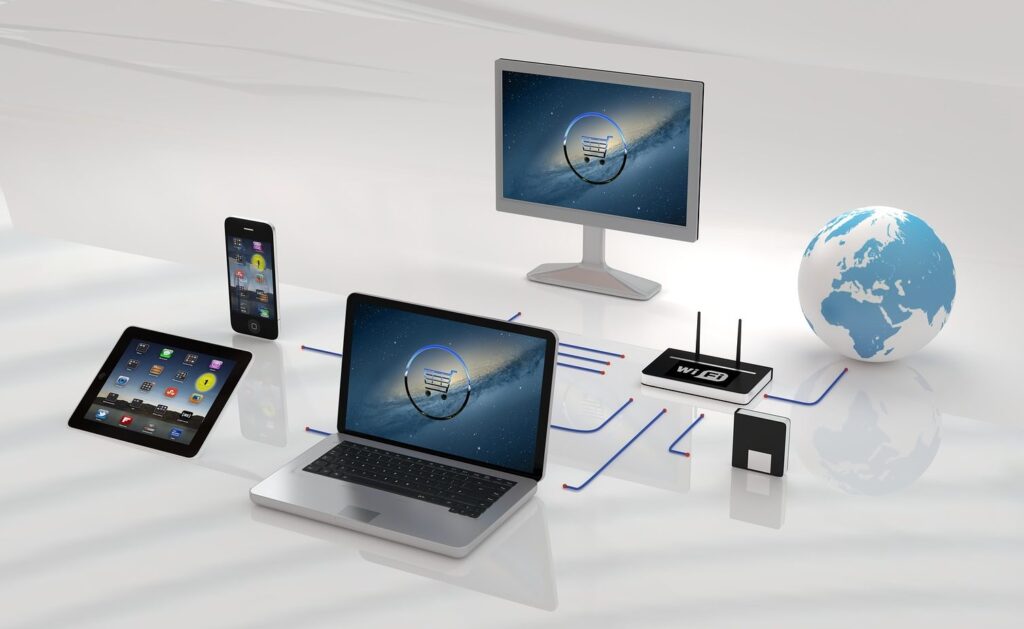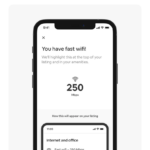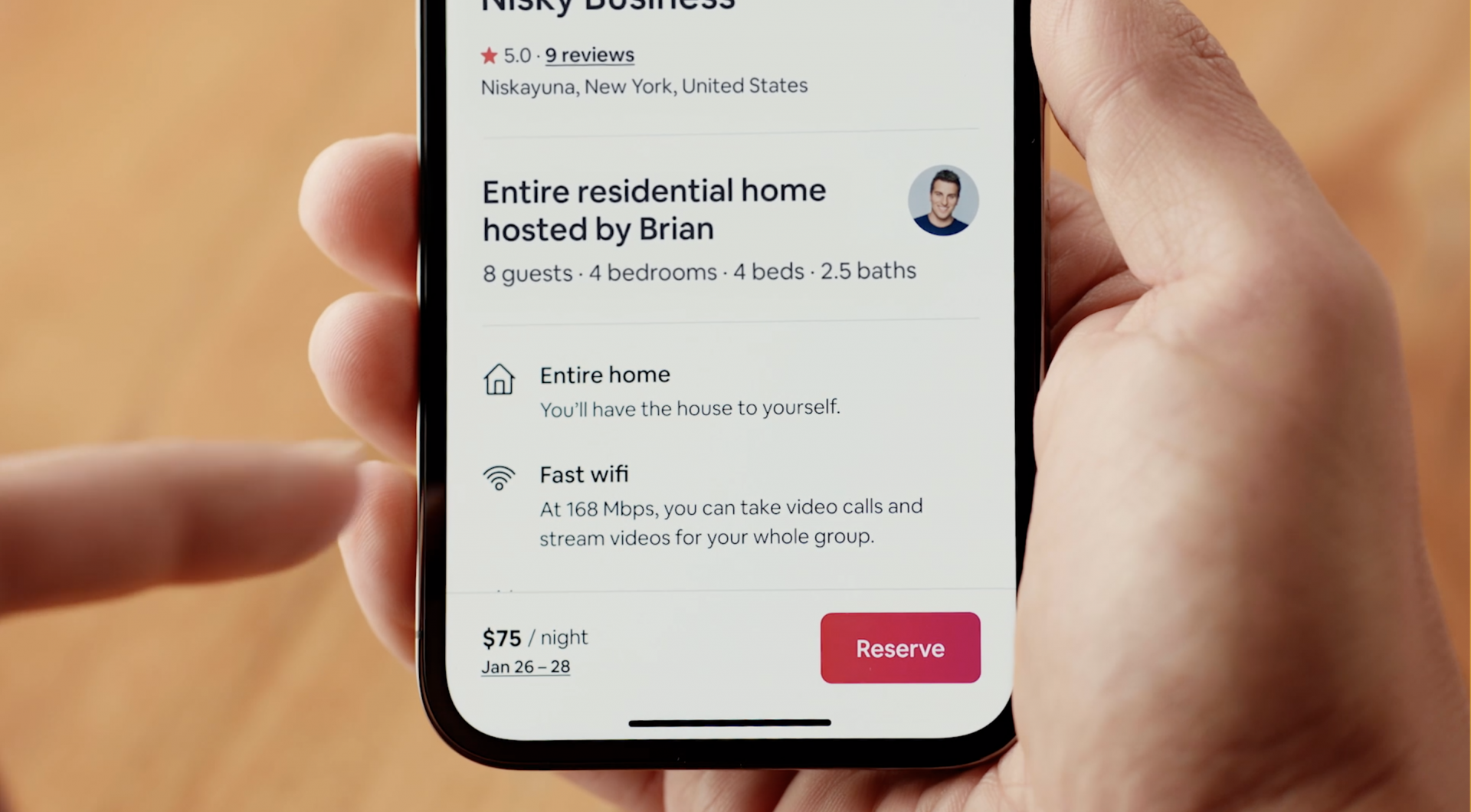Making sure that you have a good enough internet speed while working remotely is absolutely critical, for any digital nomad. But what does that really mean and what is the minimum speed that you need? Let’s explore!
Quick Internet speed glossary
First of all, let’s start with some handy definitions so we are all on the same page when it comes to terminology:

- Bandwidth – measures the capacity that the network connection can handle at any given moment. Higher the bandwidth, the more data can be transferred. This is significant for determining how many devices can connect to the network at a time. Measured in Mbps.
- Broadband – a shorthand for broad bandwidth internet and in the past have been used to mean ‘high-speed internet’ via cable rather than DSL that are usually slow. Nowadays it’s that broadband connections are slower than the fiber connections which are sometimes called ‘ultra-fast internet speed’. See below for types of internet connection.
- Wi-Fi – wireless technology used to pass the radio signal from a wireless router to a nearby device, without need for an ethernet cable.
- Modem – the gateway between your home network and the greater internet.
- Router – the switchboard for all the different connections among the devices on your network.
- Download – how quickly information from external sources is received by your router.
- Upload – how quickly information from your network is sent to external networks.
- Latency – measures the delay in data transfer, telling you how fast an input (e.g. clicking a link) gets from a source to its destination.
- Lag – a result of latency.
- Ping – a measure of latency.
- Bit – Internet speed is measured in bits per second (bps). This is the smallest unit of computer information, so you’ll often see internet speeds referred to as megabits per second (Mbps).
- Byte – 1 byte is equal to 8 bits and it tells you how much memory is available or being transferred.
- Mbps (Megabits per second) – it how we measure the internet speed, it represents the bandwidth of an internet connection, which is how much data can be transferred each second.
- MBps /MB (Megabytes per second) – measures the file size when talking about how much data can be transferred each second.

Types of internet connections
The most common connections are fiber optic, cable, DSL and satellite. The fastest and most reliable connection type is fiber optic but if fiber optic is not available in your area, then go with cable. You’re more likely to have to use the DSL or satellite service if you live in a more rural area as fiber optic providers tend to only focus on deploying their services to higher-density areas.
The main factor affecting broadband speed is the technology used for data transfer, the distance between your terminal device and the network centralizer, and other devices and users. Fiber-optic and cable networks enable high-speed connections, whereas traditional DSL connections provided over a telephone network have limited maximum transfer speeds. Those speeds also decrease, the further you live from the operator’s broadband centralizer and if you use multiple devices or services at the same time.
Mobile networks
A Cellular Network or Mobile Network is a radio network distributed over land areas called cells, each served by at least one fixed-location transceiver, known as a cell site or base station. When joined together these cells provide radio coverage over a wide geographic area which enables a large number of portable transceivers (e.g., mobile phones) to communicate with each other.
5G Network can provide ultra-fast internet speeds of 300 Mbps.
The mobile (sim card) networks have previously been always slower and less stable but they are getting much faster with the introduction of 5G networks. They are expected to be more than 25x faster than today’s 4G networks and could soon completely change how we connect to the internet not only on the go but also at home. In some places, providers already deliver wireless internet that provides ultra-fast speeds of 300 Mbps and, depending on location, max speeds of up to 1 Gbps.
The connection speed in mobile networks depends, in particular, on the network technologies available in the area (3G, 4G, or 5G), themobile network capacity shared between all the users, and the changes in user location.

What is a good internet speed?
The FCC (Federal Communications Commission, a government agency that regulates communications in the U.S.) suggests that you need a minimum of 5–25 Mbps for any Telecommuting job. However, these are minimum speed recommendations and do not account for how many devices are using the network, how many people are working off the same connection, or the type of work they do, and what/how many applications are running at the same time.
Considering that, the recommended good internet speed is anywhere between 50 and 100 Mbps which allows a few people to stream in HD or even 4K, stream music, game, browse social media, and work from home.
Typically, an internet speed of 100 to 200 Mbps and above is really good, especially if you’re working from home and spending a few hours in Zoom or Microsoft Teams meetings, fast internet is a huge plus. You’re less likely to run into quality issues. Ever experience a meeting when the video itself lags but you still hear the audio from the call? It’s usually due to a slow internet connection.
Good internet speed is anywhere between 50 and 100 Mbps.
What can you do with different internet speeds?
| Internet speed | Number of people | Activities |
|---|---|---|
| 5–25 Mbps | 1–2 | Casual web browsing, emails, social media, streaming SD video, streaming music |
| 25–50 Mbps | 1–3 | Streaming HD video, streaming music, gaming, light work from home |
| 50–100 Mbps | 2–4 | Streaming 4K video, gaming, working from home, using home security devices |
| 100–500 Mbps | 2–5 | Streaming 4K video, gaming, running a home office, using home security and smart home devices |
How stable is the network?
Of course, what you want is not only a fast connection but also a stable connection that doesn’t constantly drop. The stability of the internet connection is measured as ping. What is ping? Let’s start with latency.

Latency measures the delay in data transfer, telling you how fast data gets from a source to its destination. Internet connection types vary considerably when it comes to latency. For instance, 100 Mbps with a fiber optic connection will have far fewer delays for tasks, such as Zoom meetings, than 100 Mbps with a satellite connection. Lag is a result of latency. And Ping is a measure of latency, it shows the time that takes test message go to the server and return, thus twice the latency. It is measured in milliseconds, abbreviated in ms (1ms is one-thousandth of a second).
So what is a good ping? The lower your ping rate, the more responsive and stable your internet connection is, but usually, you want to make sure it’s at least below 50ms.
- Ping rate of less than 20 ms (0.02 sec): Pretty good ping, great for online gaming and pretty much anything else.
- Ping rate of between 20 ms and 50 ms (0.02 – 0.05 sec): It is decent, still acceptable for online gaming and demanding online work.
- Ping rate of between 50 and 100 ms (0.05 – 0.1 sec): Poor ping for online gaming, but should be enough for most of remote work, streaming etc.
- Ping rate of between 100 and 300 ms (0.1 – 0.3 sec): Unplayable ping (In this range, long delays are almost unavoidable.)
Improve speed fluctuations
You might have noticed that sometimes your internet is faster or slower than usual. This is normal and could be due to a number of reasons:
- Router Location
- Router Settings
- Malware
- Throttling
- Your Own Activity
Router location
Where the router is located in the house can dramatically increase or decrease the broadband speed. Try to set up your working space closest to the router and avoid places near potential signal-blockers like radios, microwaves, or thick/dense walls. If possible make sure the router is not on the floor. The best place to put your internet router would be the middle of the house in an elevated, clear spot.
Router settings
This you might not be able to have access to but if the host of the accommodation asks how they can improve the speed, you can share this with them. The rest is a bit more technical, but there are potential issues you can troubleshoot to see if you can make your internet faster:
- First of all, replace an old router with a newer one every couple of years and keep the software up to speed.
- Your router may be on a busy 2.4 GHz Wi-Fi channel. If other people are using overlapping channels, bandwidth is eaten up and your connection slows down. Switch to channel 1, 6 or 11 to avoid overlap.
- Your router’s Request To Send (RTS) threshold settings may be too low. The maximum is 2346. If you have lots of users, adjusting the threshold could help your network become more stable because it tells your router to send data more often. Try 2304 bytes at first since it’s best to test small changes.
- Your router may have data packet size settings that limit how much data can be sent or received at once. Most routers have a default Maximum Transition Unit (MTU) setting of 1500; make sure it’s not set any lower than that. (Note: If you work from home using a VPN, you’ll want to keep a lower setting.)
Malware
Malware can infect your computer’s hardware, software or applications. One type is internet malware that infects computer applications such as web browsers. This kind of malware can open multiple browsers in the background which can slow internet speeds. For more, check a few tips on how to prevent malware from infecting your devices. Keep your security software up to date!
Throttling
It’s not uncommon for internet service providers to throttle internet speeds when you exceed your plan’s data limit, and some have even been accused of throttling internet speeds for certain websites or activities. Run a speed test outside of the 7–11 p.m. busy period, then install a VPN and run the same test. If the speeds are different, this could be a sign of throttling.
Your own internet activity
Much like your neighbors can affect internet speeds, so can you. If you’re connecting many devices at once or doing high-bandwidth activities like uploading a 4K video to YouTube or a 500 GB PDF to a server, this can impact other devices on your network and the speed with which you’re able to connect. Try to connect via hardwire (such as an Ethernet cord) to help with these issues, as well as limit the number of devices connected while you’re doing these high-bandwidth activities.
Global Nomad Index
Internet Speeds are one of the main Country Metrics that Global Nomad Guide considers to be the crucial part of the Global Nomad Index.
Interestingly the world median speed is about 15 Mbps, the world average is almost 30 Mbps which on whole is decent but not yet great. The good news is that the global average speed continues rising fast. In the last 3 years, the average internet speeds worldwide increased 90% year on year.
| REMARKS | SPEED SCORE | VISUAL | WIFI DOWNLOAD SPEEDS |
|---|---|---|---|
| Poor | 1 | ⚡ | < 10 Mbps |
| Poor | 2 | ⚡ | 10 – 20 Mbps |
| Basic | 3 | ⚡⚡ | 20 – 30 Mbps |
| Basic | 4 | ⚡⚡ | 30 – 40 Mbps |
| Good | 5 | ⚡⚡⚡ | 40 – 50 Mbps |
| Good | 6 | ⚡⚡⚡ | 50 – 60 Mbps |
| Great | 7 | ⚡⚡⚡⚡ | 60 – 70 Mbps |
| Great | 8 | ⚡⚡⚡⚡ | 70 – 80 Mbps |
| Perfect | 9 | ⚡⚡⚡⚡⚡ | 80 – 90 Mbps |
| Perfect | 10 | ⚡⚡⚡⚡⚡ | > 90 Mbps |
Ask Hosts to Verify the Internet Speeds

It is a bit of a nightmare to try to find accommodation that actually provides the speed that you need. And even though that some companies like Airbnb have finally added the option to verify the wifi speed, it is still not being widely used.
Check out the article about Airbnb’s “Verified WiFi” feature and please consider signing the Petition to @Airbnb @bchesky to make the WiFi speed test mandatory for any Host that says WiFi is available.
Feedback
We are only humans so if you see that anything is missing or if there is something that we haven’t covered yet, let us know and we will add it in ASAP!
Last updated June 21, 2023.
REVIEW
FAVOURITES
SHARE
NEWSLETTER
No Spam, Just Updates!
FOLLOW US
DIGITAL NOMAD VISAS



















This article provides a detailed guide on determining a good internet speed for remote work, covering different connection types and their speeds. It explains technical terms in a simple manner and offers practical tips for improving internet stability. The inclusion of the Global Nomad Index adds perspective on internet speeds worldwide. Overall, it’s a valuable resource for those working remotely.
Thank you so much! Glad we could help.